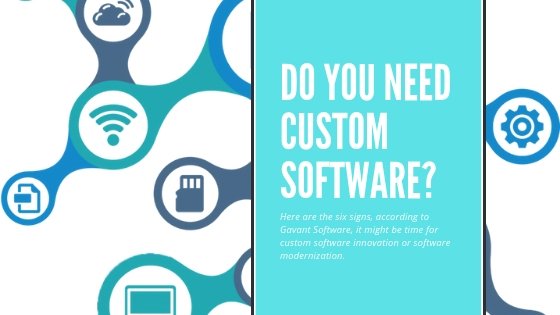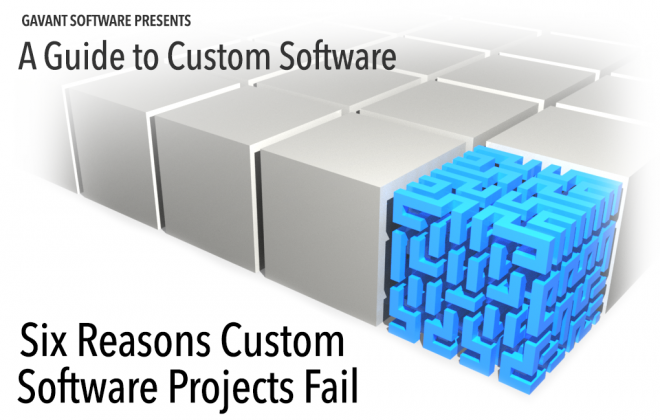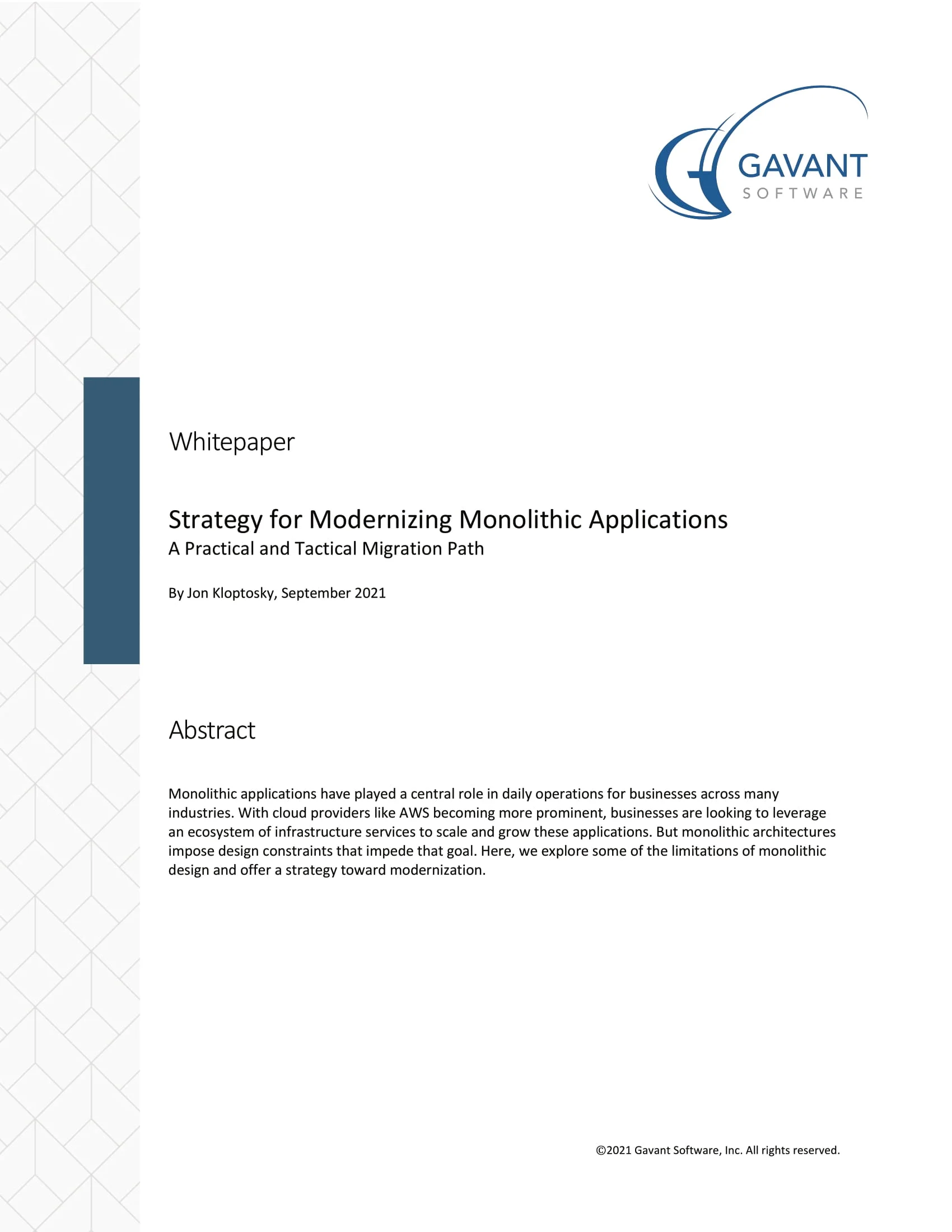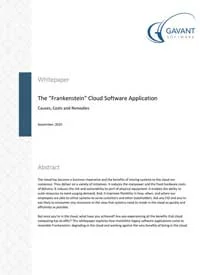
6 Reasons It’s Time for New Software
As your business environment changes, so too do your software needs. If one or more of the following descriptions can be said about your current software system, it may be time to start thinking about system modernization or new custom software development.
1. Your current software isn’t mobile capable.
With today’s “always on” culture, you’ll quickly turn off your target audience if your business is not mobile capable. Mobile capability should not be an afterthought. Instead, as mobile-designed software affords more broad and instant access, it is important to put mobile capabilities first in your software solution. Whether available via download of a native app on your device or via web application targeting all internet browsers, your software can provide greater flexibility in reaching your target audience.
With mobile capabilities, customers can engage with your business directly from their devices. At the same time, employees can utilize the system and complete tasks untethered to desks. In essence, both you and your customers can do business any time, anywhere.
2. Your software lacks integration.
Having all your core software elements work independently of one another is an inefficient use of resources. These separate elements of your system require data entry, detailed calculations, and other essential processes to be duplicated. This means employee productivity is sacrificed along with your business’s bottom line.
System integration enables each piece to work together harmoniously by streamlining the code to eliminate redundancies. An integrated system enables users to interact with various elements cohesively and intuitively, creating a more efficient workflow. Additionally, this reduces short- and long-term maintenance costs. Thus, allowing employees to spend more time with the software completing tasks rather than finding and fixing bugs and other issues.
3. You’re working legacy software in need of system modernization.
Legacy software may require more than simple maintenance. A legacy system is the software backbone that enables a business to perform many of its core processes. It’s common for legacy systems to be used for years without any significant upgrades, rendering the system sub-optimal. The problem is, due to the key role the system plays within the company, sunsetting the software may not be an option.
When legacy software performs at a sub-optimal level, it can hinder your business’s success. A legacy software facelift and other custom system modernization techniques can retain the core attributes of your legacy system while helping the software meet or exceed the standards of today’s tools and solutions.
4. The software is overly complicated to use or has a bad user interface.
One standard for your new software solution is ease of use. Software designed without the user in mind is bad software. A poor user interface (UI) and/or user experience (UX) can frustrate your audience and make them abandon the software entirely.
An inadequately designed UI poses a problem both internally and externally: your employees may find it difficult to complete their tasks, decreasing output and efficacy; customers may have trouble navigating the software causing them to abandon purchases or inquiries with your company.
A troublesome UI impacts the UX, as it creates a burdensome and vexing experience for users. If these users happen to be customers, it’s a very real possibility they will turn their attention elsewhere to find a more suitable solution to satisfy their needs.
5. Your software is misaligned with current needs.
The current stage of your business can impact the user experience associated with your software. In earlier stages, the number of users may not justify upgrades. But as your company experiences success and grows, your business needs are sure to shift. This will impact the software that you’ll utilize. It’s common for startups to opt for a relatively simple and low-cost solution to satisfy their software requirements as they strive to become an established and known entity.
As a startup transitions to a mature business, it’s a near certainty that your requirements will drastically differ from when your company was first breaking in. Perhaps it will need an expanded feature set or greater scalability. There are different ways to attain these new requirements. Whether you opt for a ready-made or custom solution, an upgrade to your software system will help you keep pace with the changing dynamics of your industry.
6. You have compliance concerns when it comes to your software
Regardless of the current stage your business is in, it is imperative to follow industry rules and regulations. Every industry has regulations and laws in effect that must be adhered to in order to avoid significant penalties. Whether these regulations cover confidentiality, accurate reporting, cyber security, or some other area key to your industry, adherence to them can impact the continued success of your organization.
Noncompliance is easy to fall into. However, building safeguards into your software helps protect against future compliance missteps. If your software’s current adherence to existing regulations is lacking or at risk, it is critical for you to find software that meets regulations or to go through the system modernization process to bring your legacy software up to industry standards.
Do you need new software or system modernization for your business?
If you could relate to one or more of the above situations, it’s time to start thinking about your software’s future. At Gavant Software, we can help create a custom software solution for your company’s needs, or we can help you with system modernization for that legacy software that’s no longer performing up to par. Contact us today to start the conversation about how we can help your company grow. Download our free e-book to learn more about custom software.




 Strategy for Modernizing Monolithic Applications
Strategy for Modernizing Monolithic Applications
 The "Frankenstein" Cloud Software Application
The "Frankenstein" Cloud Software Application
 A Guide to Custom Software Development
A Guide to Custom Software Development